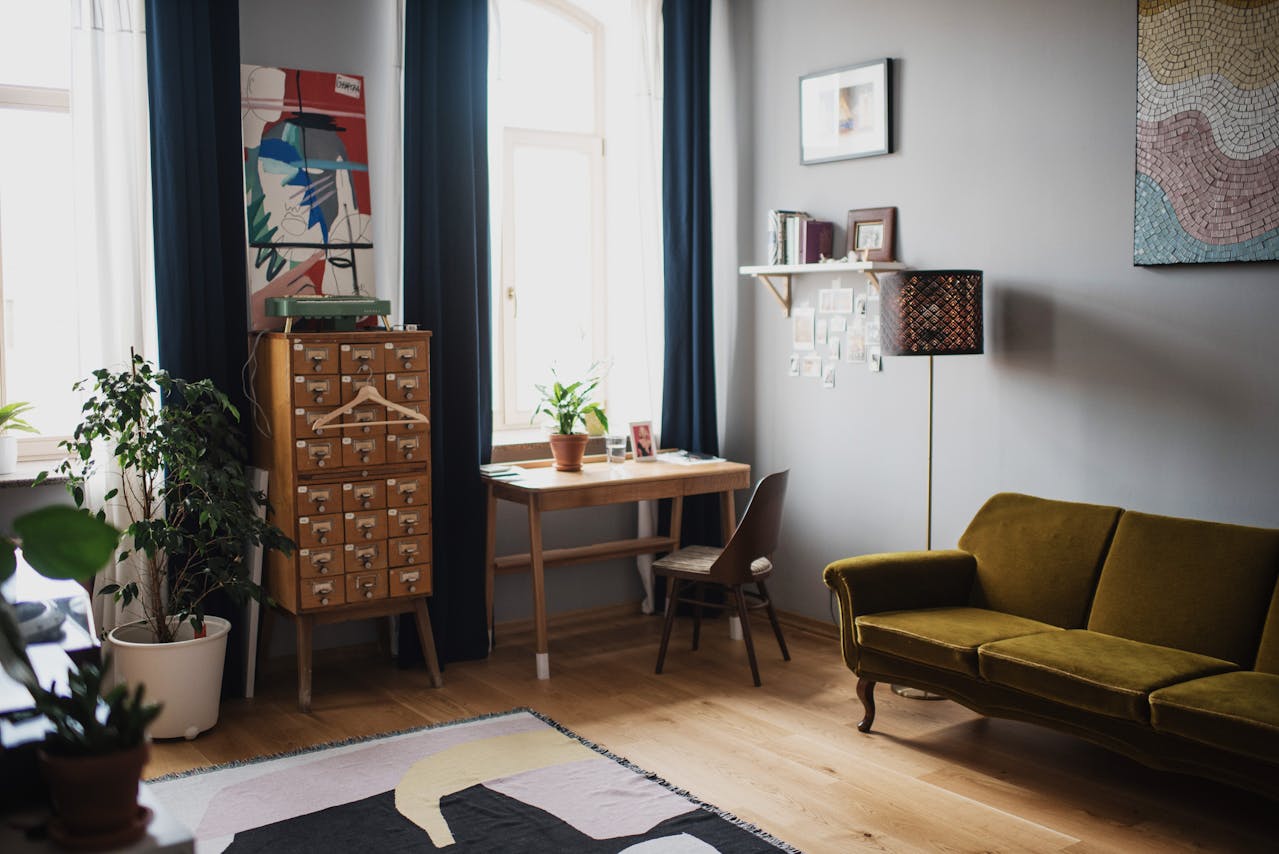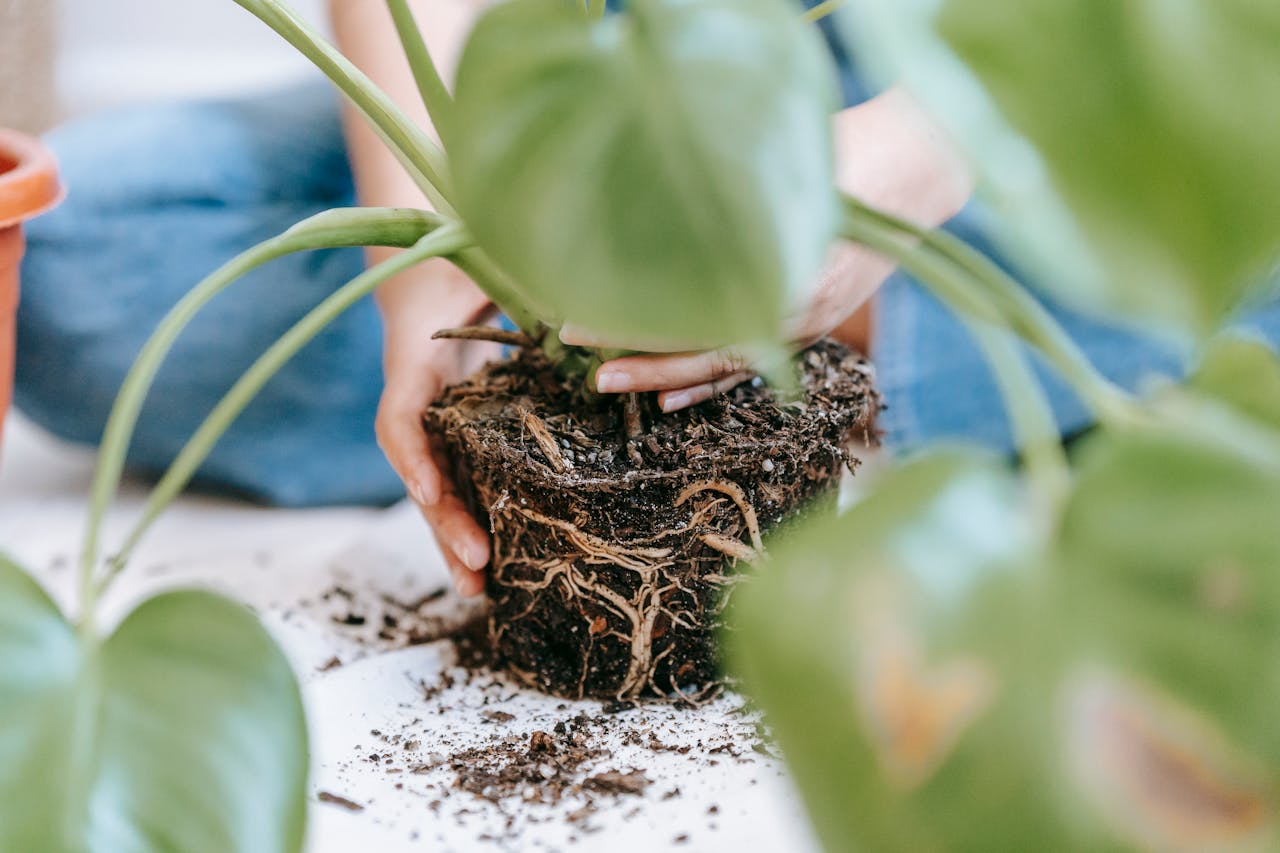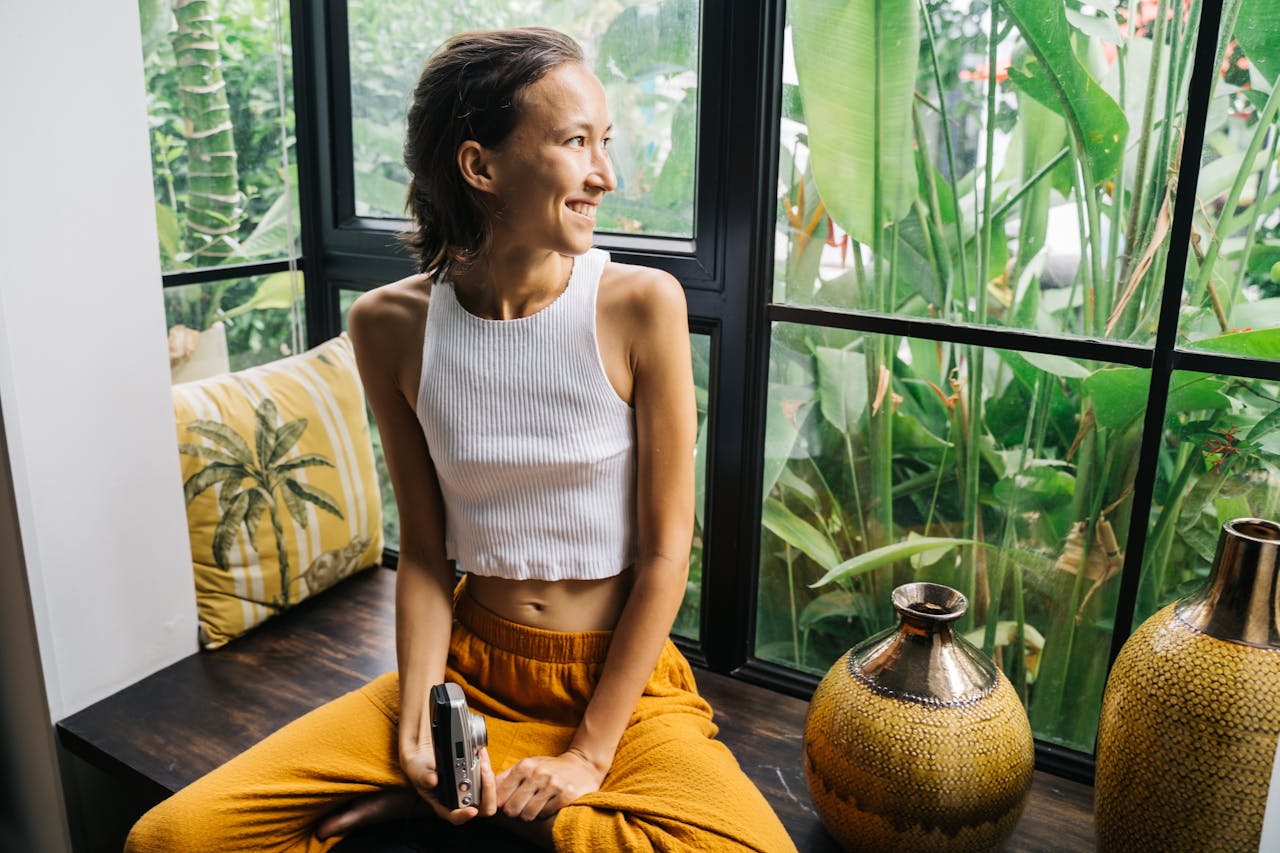Indoor plants can brighten up any space, purify the air, and improve your mood. However, providing the right amount of sunlight is crucial for their health and growth. This guide will help you understand the sunlight requirements for various indoor plants, ensuring they thrive in your home.
Understanding Light Levels
Before diving into specific plant needs, it's essential to understand the different types of light levels:
- Direct Sunlight: This is when the sun's rays hit the plant directly. Most indoor plants cannot tolerate direct sunlight for extended periods.
- Indirect Sunlight: Bright but indirect light is ideal for most indoor plants. It means the plant is near a window but not in the path of direct sun rays.
- Low Light: These areas receive little to no natural light. Artificial lighting or being placed far from a window can simulate this environment.
Also Read- Indoor Plant Root Rot: How To Prevent, Spot, Treat, And Fix It
Low Light Plants
Low light plants can thrive in areas with minimal natural light, such as offices or rooms with small windows. Here are some examples:
1. ZZ Plant (Zamioculcas zamiifolia)

- Light Needs: Low to bright indirect light
- Description: Known for its waxy, dark green leaves, the ZZ Plant is extremely low maintenance and can survive in low light conditions.
2. Snake Plant (Sansevieria trifasciata)

- Light Needs: Low to bright indirect light
- Description: Also known as Mother-in-Law’s Tongue, this plant has tall, sturdy leaves that can tolerate low light and irregular watering.
Medium Light Plants
Medium light plants do best in bright, indirect sunlight. They should be placed near windows but not in direct sun rays.
1. Peace Lily (Spathiphyllum)

- Light Needs: Low to moderate indirect light
- Description: With its elegant white blooms and glossy green leaves, the Peace Lily can thrive in medium light environments, though it blooms better with more light.
2. Spider Plant (Chlorophytum comosum)

- Light Needs: Bright to moderate indirect light
- Description: The Spider Plant is known for its arching green and white striped leaves and its ability to produce offshoots or "babies."
3. Philodendron

- Light Needs: Low to bright indirect light
- Description: This plant is known for its large, glossy leaves and ability to adapt to various light conditions, making it perfect for medium light settings.
High Light Plants
High light plants need plenty of bright, indirect sunlight to thrive. These plants should be placed in the brightest spot in your home.
1. Aloe Vera (Aloe barbadensis miller)

- Light Needs: Bright indirect to direct light
- Description: Aloe Vera is a succulent known for its medicinal properties. It prefers bright light and can tolerate some direct sun.
2. Rubber Plant (Ficus elastica)

- Light Needs: Bright indirect light
- Description: The Rubber Plant has large, glossy leaves and can grow quite tall indoors. It thrives in bright light conditions.
Tips for Providing the Right Amount of Light
- Observe Your Plant: Monitor your plant for signs of too much or too little light. Yellowing leaves, stunted growth, and leggy stems can indicate improper lighting conditions.
- Rotate Your Plants: Turn your plants periodically to ensure even light distribution and prevent one side from becoming overexposed.
- Supplement with Artificial Light: If natural light is insufficient, use grow lights to provide the necessary light spectrum for your plants.
- Adjust with Seasons: Light levels change with the seasons. Move your plants closer to windows in the winter and further away in the summer to avoid sunburn.
Also Read- Which Indoor Plants Are Easy To Take Care Of - The Ultimate Guide
Signs of Light Issues
- Too Much Light: Leaves may become scorched, turn brown, and curl up.
- Too Little Light: Plants may exhibit slow growth, pale leaves, and leggy stems as they stretch towards the light.
Conclusion
Understanding the light needs of your indoor plants is key to their health and growth. Whether you have low light, medium light, or high light plants, positioning them correctly and adjusting their care routine can make a significant difference. By providing the right amount of light, you can enjoy lush, vibrant indoor plants that enhance your living space.
Choose the right plants for your light conditions and follow these tips to ensure your indoor garden thrives. Happy planting!













Leave a comment
This site is protected by hCaptcha and the hCaptcha Privacy Policy and Terms of Service apply.